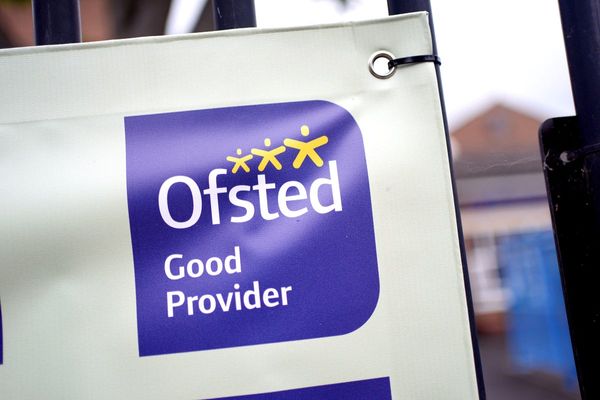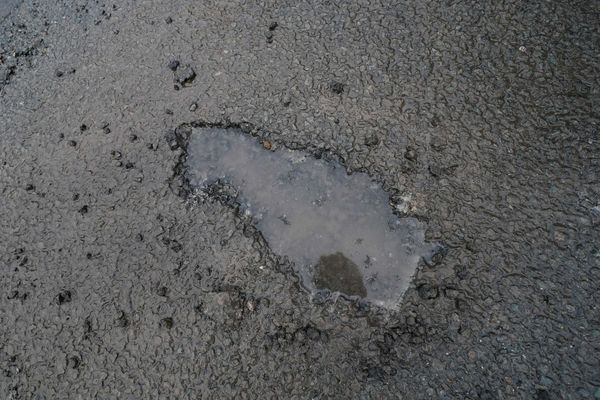
U.S. GDP plummeted by 32.9 percent in the second quarter of this year, but disposable personal incomes were up by 42.1 percent. That is thanks to an unprecedented level of government spending to keep the economy afloat. Since the coronavirus pandemic triggered mass layoffs and furloughs and shuttered businesses in March, the U.S. federal government has provided an extra $600 per week in unemployment insurance benefits—money used to pay rent, buy food, and keep up consumer spending. Four months later, new unemployment claims are rising again as the growing number of COVID-19 cases in the South and West forces businesses to close down.
Every country has faced grim economic side effects from lockdown, but the attempted solutions vary widely. Some are relying on direct grants to citizens, some on compensating businesses, and some simply on muddling through the chaos. Many have been more successful than the United States. And as COVID-19 cases surge after weeks of phased reopenings around the country, the United States now appears to be on the cusp of another economic downturn caused by the government’s failed response to the pandemic.
The U.S. Federal Pandemic Unemployment Compensation program expires Friday, with many people already receiving their last weekly check. Despite the increase in unemployment claims, in their new coronavirus relief package Senate Republicans proposed cutting the weekly federal benefits from $600 to $200 as states implement changes to their own unemployment benefits. But the state implementation will take the states two months to complete, leaving millions of people without aid in that time.
Under the Republican proposal, people who claimed unemployment benefits would receive only an extra $200 weekly until states put into place a new plan to replace 70 percent of lost income for unemployed people—or around $300 per week on aggregate, according to Gregory Daco, the chief U.S. economist for Oxford Economics. “But that’s a significant hit on the U.S. economy in the second half of the year … and for a lot of people, a loss of 30 percent of their current income streams,” Daco said. More than 31 million Americans would see their economic lifeline cut.
That’s if the state-level compensation plan is implemented within two months. Even in an emergency, the U.S. unemployment system depends on weak state-level capacity. Many states have out-of-date or neglected unemployment systems, and the normal income replacement rate varies greatly by state. Some state unemployment agencies already haven’t been able to keep up with claims: As a result, while the $600 benefits expire on July 31, thousands of people haven’t even received the money they were due for the previous months, though it will be issued retroactively.
“We finally got this system working,” said Mike Konczal, the director of progressive thought at the Roosevelt Institute in Washington. “The $600 is not an economic problem. It’s not causing unemployment. The pandemic is causing unemployment. … The worst thing you can do is come up with a brand-new system [so] that the states have to start from scratch.”
From the beginning, European countries took a contrasting approach to the economic crisis fueled by the coronavirus pandemic. Governments in developed economies including Denmark, Germany, Ireland, France, the Netherlands, and the United Kingdom subsidized companies to keep their workers on the payroll and in some cases provided more generous direct support to businesses.
These programs have received collective support from the European Union level, with a focus on providing for less wealthy states. After days of negotiations, EU leaders last week agreed to an unprecedented $857 billion economic stimulus package, with much of the money raised by collective bond sales and given out as grants rather than loans to the member countries that have suffered the most from the pandemic.
With the first wave of the coronavirus pandemic behind it, parts of Europe appear poised for a quicker economic recovery than the United States—at least for now.
In Germany, the preexisting Kurzarbeit program allowed companies to keep workers on at reduced hours, with around 60 to 70 percent of their wages subsidized by the state—a scheme that was adapted by other governments amid the pandemic, including France. “That is very different from the U.S. approach, where employees that were laid off have access to unemployment benefits but are no longer considered as employees,” Daco said. Germany’s unemployment rate reached 6.2 percent in June, compared with 11.1 percent in the United States.
Data released this week showed that German business expectations had reached a 20-month high, with businesses seemingly confident that the EU fiscal plan would fuel an economic recovery later this year. But the outlook varies across Europe. The partial-work support programs in Germany and France are more likely to preserve jobs than those in Italy and Spain because of more restrictive frameworks for eligibility, according to an Oxford Economics report released in May.
Under the British government’s program, as many as 9.5 million jobs have been furloughed since March, with the state paying 80 percent of wages to avoid layoffs. The furlough scheme is not comprehensive: It is tied to traditional employer-employee relationships, leaving out self-employed workers and contractors, prompting legal challenges. And as the economy slowly recovers, the government plans to phase out subsidized furloughs by the end of October—a move that a U.K. think tank this week warned could lead to 1.2 million lost jobs by the end of the year.
“There’s going to be a lot of debate over the next few years about which was the better option,” Konczal said, adding that the percentage of people in the U.K. on payroll support was comparable to the percentage in the United States receiving unemployment compensation. “Both are receiving their paychecks through the government to not work.”
In China, where the coronavirus originated, the economic impact is hard to judge. Laying off workers in large numbers still requires permission from the Chinese government. From the first acknowledgement of the crisis in Wuhan just before the annual Spring Festival holiday, the central government made it mandatory to keep paying workers even if they couldn’t return to the workplace. A $500 billion stimulus package aims to help businesses shoulder those costs, and, with the coronavirus now all but extinct inside China’s borders, to cope with the global economic downturn.
Welfare payments, a key source of income for many rural and older people, were also increased, especially in Wuhan. While the official unemployment figures barely budged, other indicators show a huge rise in joblessness, particularly for marginal workers without formal employment contracts. Many families have been forced to exhaust their savings as a result, echoing problems in other countries, such as India, where the informal economy makes up a large share of the GDP.
Countries that, like the United States, have failed to control the coronavirus are facing tough choices. Since April, Brazil’s federal government has provided an additional $115 monthly to microbusinesses and those working in the informal sector, with single mothers receiving $230. A study published on Tuesday found that the level of Brazilians living in extreme poverty fell to 3.3 percent in June—the lowest level in decades. But August marks the last scheduled payment as part of the scheme, which has cost the government more than $32 billion. Brazil has recorded over 2.5 million COVID-19 cases—second only to the United States.
The ongoing health crisis in the United States is likely to cause long-term damage to the economy over the next few months. Rather than cutting compensation, economists say, the new U.S. stimulus package should include new compensatory measures for those out of work to sustain the economy in the long term.
“The unemployment insurance worked,” Konczal said. “It showed us that our government has the capacity to ensure people’s economic security through deep depression and global health crisis in a way that should surprise us.”







